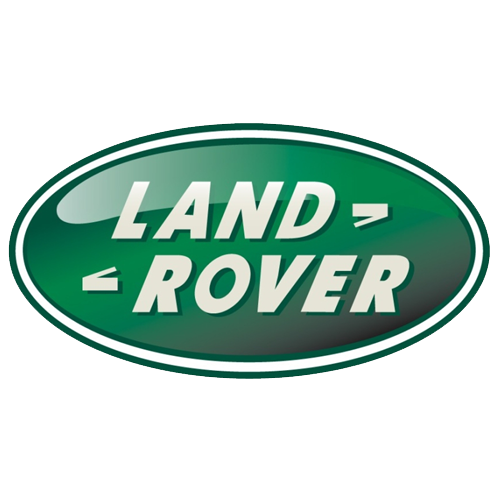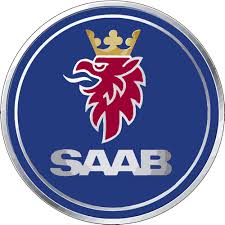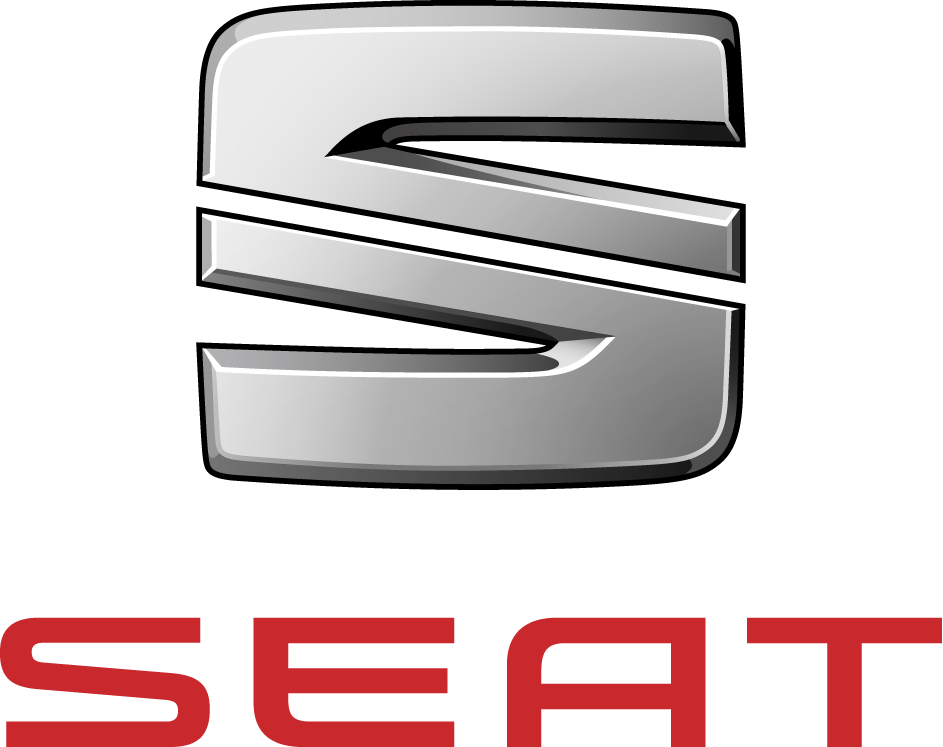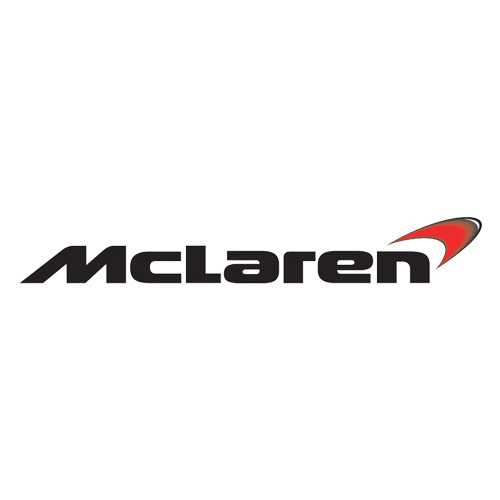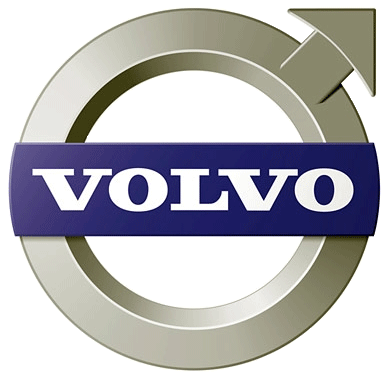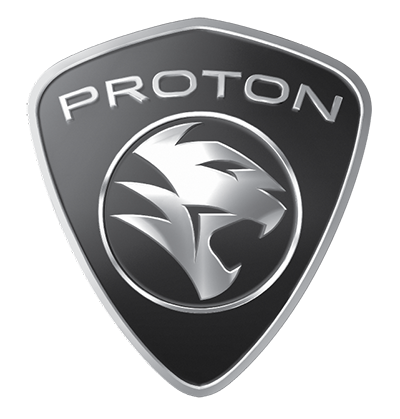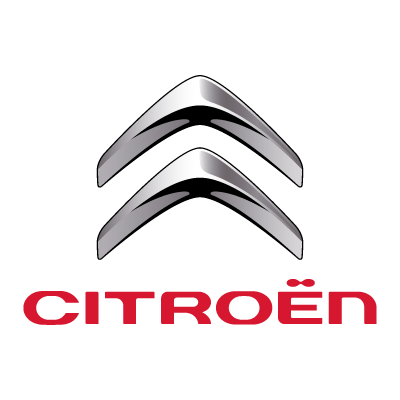The Internal Combustion Engine
An internal combustion engine is any engine that operates by burning its fuel inside the engine. In contrast a steam engine burns its fuel outside the engine. The most common internal combustion engine type is petrol powered. Others include those fuelled by diesel, hydrogen, methane, propane, etc. Engines typically can only run on one type of fuel and require adaptations to adjust the air/fuel ratio or mix to use other fuels.
In a petrol engine, a mixture of petrol and air is sprayed into a cylinder. This is compressed by a piston and at an optimal point in the compression stroke, a spark plug creates an electrical spark that ignites the fuel. The combustion of the fuel results in the generation of heat, and the hot gases that are in the cylinder are then at a higher pressure than the fuel-air mixture and so drive the piston back down. These combustion gases are vented and the fuel-air mixture reintroduced to run a second cycle. The outward linear motion of the piston is ordinarily harnessed by a crankshaft to produce circular motion. Valves control the intake of air-fuel mixture and allow exhaust gasses to exit at the appropriate times.
Two-Stroke
The two-stroke type of internal combustion engine is typically used in utility or recreational applications which require relatively small, inexpensive, and mechanically simple motors (chainsaws, jetskis, small motorcycles, etc).
The two-stroke engine is simple in construction, but complex dynamics are employed in its operation. There are several features unique to a two-stroke engine. First, there is a reed valve between the air-fuel intake and the crankcase. Air-fuel mixture enters the crankcase and is trapped there by the one-way reed valve. Next, the cylinder has no valves as in a conventional four stroke engine. Intake and exhaust are accomplished by means of ports – special holes cut into the cylinder walls which allow the fuel-air mixture to enter from the crankcase, and exhaust gases to exit the engine. These ports are uncovered when the piston is in the down position.
Air-fuel mixture is drawn into the crankcase from the carburettor or fuel injection system through the reed valve. When the piston is forced down, the exhaust port is uncovered first, and hot exhaust gases begin to leave the cylinder. As the piston is now in the down position, the crankcase becomes pressurized, and when the intake port into the cylinder is uncovered, pressurized air-fuel mixture enters the chamber. Both the intake and exhaust ports are open at the same time, which means the timing and air flow dynamics are critical to proper operation. As the piston begins to move up, the ports are closed off, and the air-fuel mixture compresses and is ignited; the hot gases increase in pressure, pushing the piston down with great force and creating work for the engine.
The major components of two-stroke engines are tuned so that optimum airflow results. Intake and exhaust tubes are tuned so that resonances in airflow give better flow than a straight tube. The cylinder ports and piston top are shaped so that the intake and exhaust flows do not mix.
Four-Stroke
The four-stroke internal combustion engine is the type most commonly used for automotive and industrial purposes today (cars and trucks, generators, etc). On the first (downward) stroke of the piston, fuel/air is drawn into the cylinder. The following (upward) stroke compresses the fuel-air mixture, which is then ignited – expanding exhaust gases then force the piston downward for the third stroke, and the fourth and final (upward) stroke evacuates the spent exhaust gasses from the cylinder.
The four-stroke cycle is more efficient than the two-stroke cycle and easier to explain, but requires considerably more moving parts and manufacturing expertise.
Spark ignition and Compression ignition
In the majority of all the vehicles on the road the engines run on either petrol or diesel. Petrol is known as a spark ignition engine and diesel known as a compression ignition engine. When talking about ignition we are talking about the element that ignites the fuel/air mixture inside the combustion chamber (cylinder).
Spark ignition (petrol engine) is where another element is needed to make the fuel/air mixture to react. In this case a spark plug is used to ignite the petrol and therefore start the combustion reaction that takes place between the petrol and air.
Compression ignition (diesel engine) is when the fuel/air mixture is compressed to such an extent on the compression stoke that the mixture gets extremely hot and combusts by itself.

